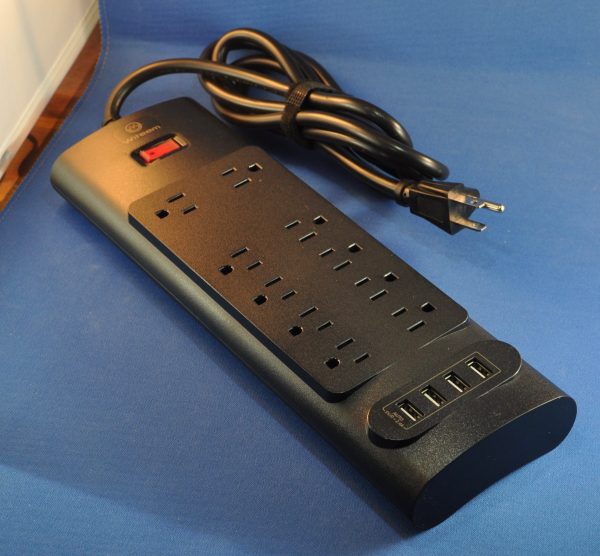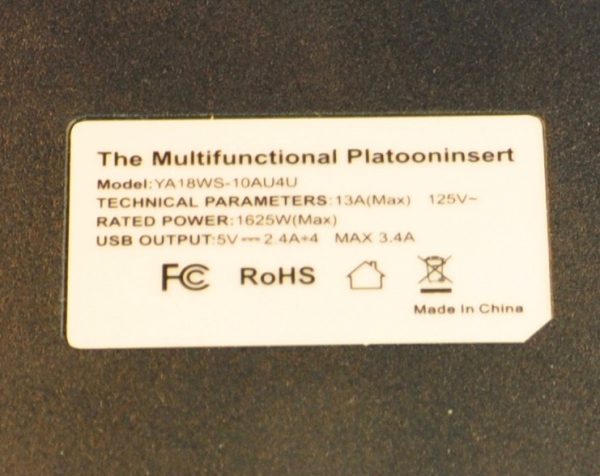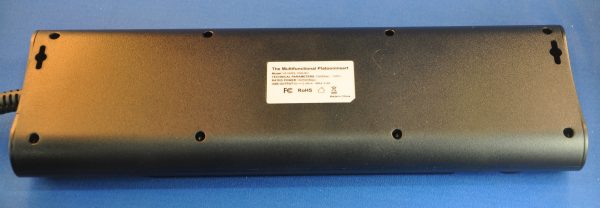
If you live or commute in an area where cellphone signals are weak, the weBoost Drive 4G-X mobile cellphone signal booster may be the device you’ve been wishing for. At $479.99 it’s definitely a big purchase, but this booster provides a significant increase to any existing signal and it’s a breeze to install.
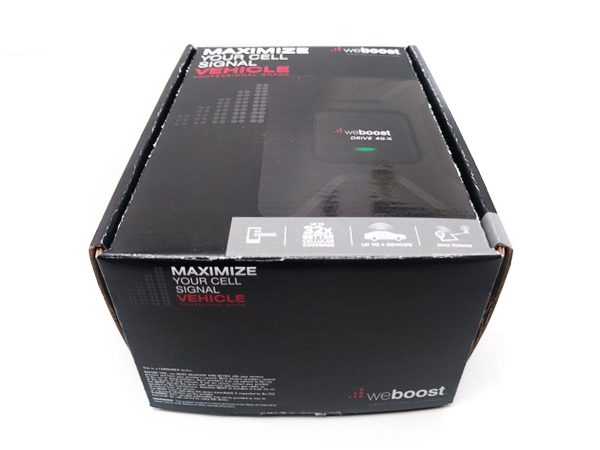
The weBoost Drive comes in a sturdy box and the unit is set in a tray above the included accessories.
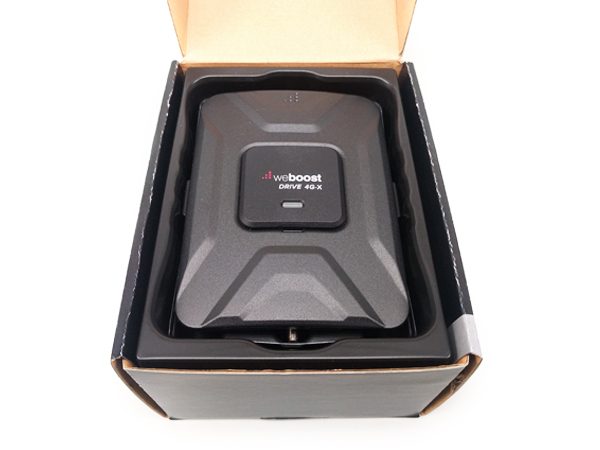
In the box
- weBoost Drive 4G-X
- Mounting Cradle
- Vehicle Power Supply
- Velcro-mount SMA Interior Antenna
- 4″ Magnetic-mount SMA Exterior Antenna
- Quick Start Guide
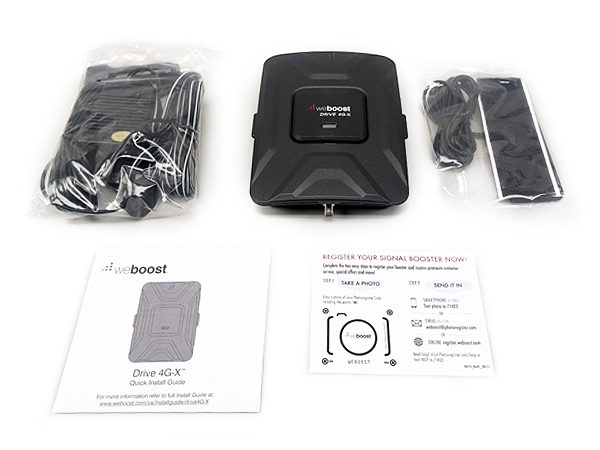
The unit itself has nice clean, stealthy lines, a textured aluminum black surface and has a certain “this is expensive tech” heft to it.
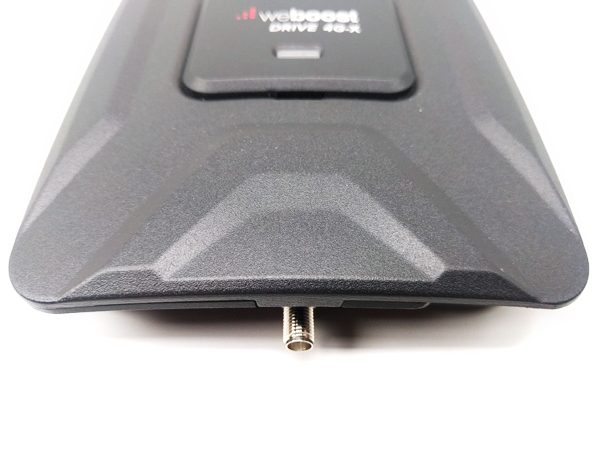 Out of the box, the Drive comes attached to its vehicle mounting cradle.
Out of the box, the Drive comes attached to its vehicle mounting cradle.
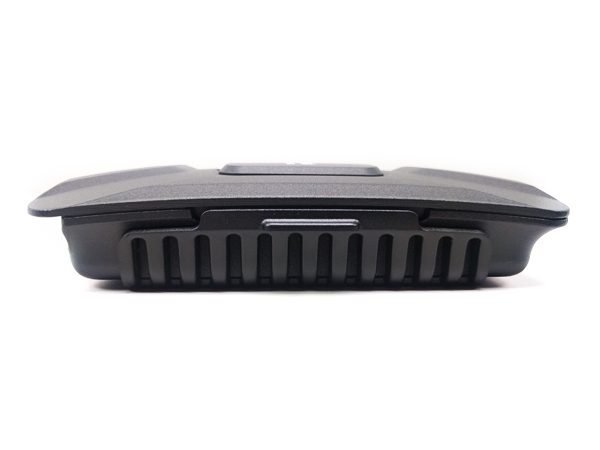
The Drive snaps easily in and out of the cradle and there are several different screw holes on the cradle for mounting it a number of different ways.
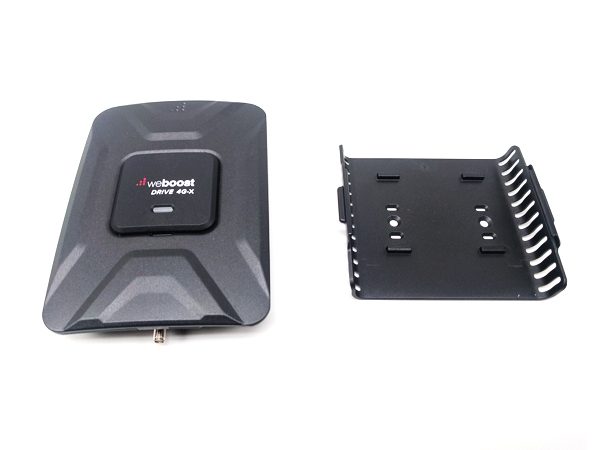
The cradle itself is made of strong, flexible black plastic.
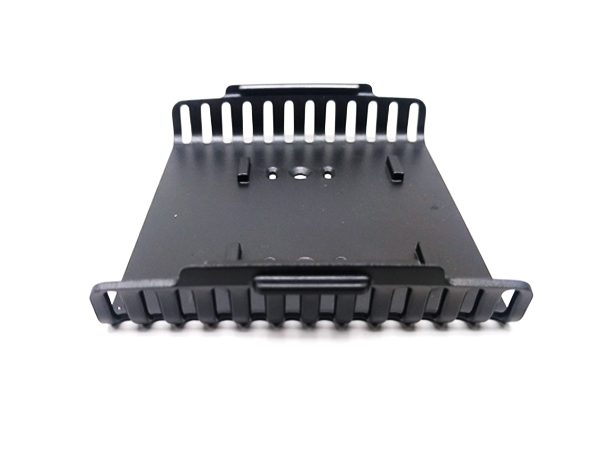
On the top of the weBoost Drive, right under the device name is a single indicator light.
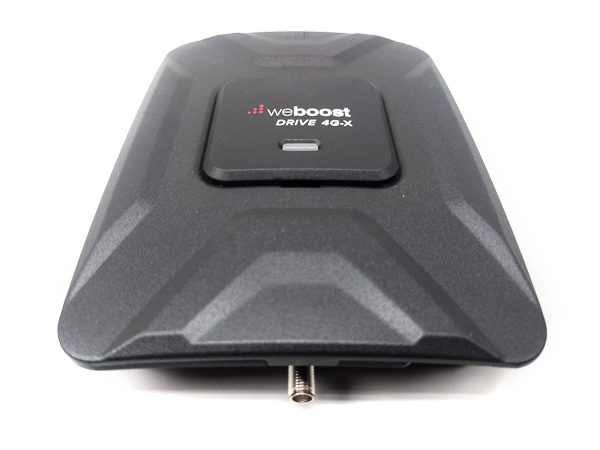
If the unit is receiving power and functioning properly the light will be solid green. If the light is blinking red and then solid green, the Drive has shut off some frequencies to prevent feedback. According to the manual, this is a safety feature to prevent harmful interference with a nearby cell towers. If the indicator light is solid red, then the Drive has shut off all frequencies to prevent feedback. In my testing, I never experienced any indicator except for solid green.
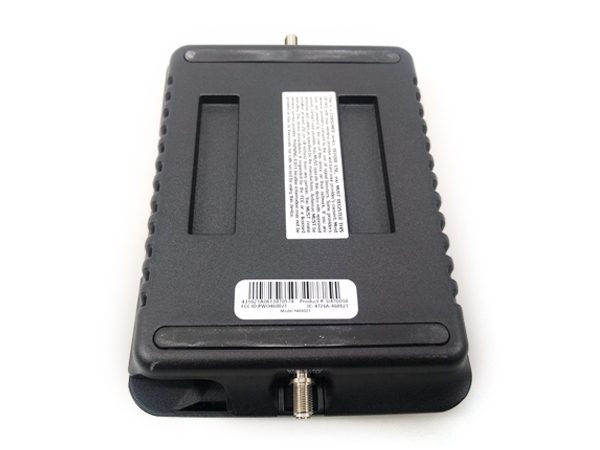
On the underside of the weBoost Drive is a warning to register the device with your cell phone provider. I found the links to register in the online manual:
- Sprint: http://www.sprint.com/legal/fcc_boosters.html
- T-Mobile/MetroPCS: https://support.t-mobile.com/docs/DOC-9827
- Verizon Wireless: http://www.verizonwireless.com/wcms/consumer/register-signal-booster.html
- AT&T: https://securec45.securewebsession.com/attsignalbooster.com/
- U.S. Cellular: http://www.uscellular.com/uscellular/support/fcc-booster-registration.jsp
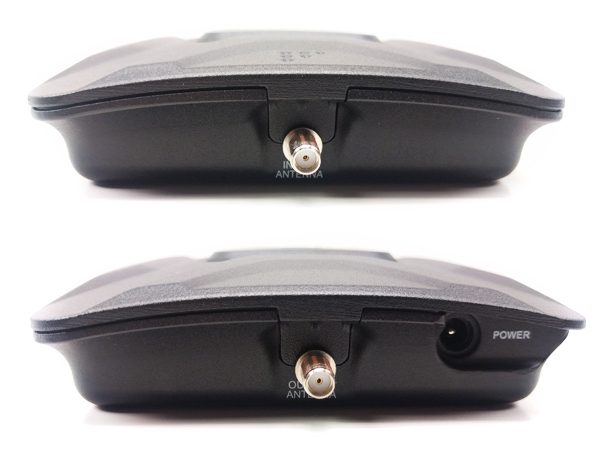
The weBoost Drive has antenna inputs on both sides of the unit. The inside velcro-mounted SMA antenna connects on the top and the outside magnet-mounted SMA antenna connects on the bottom. The power connection is next to the outside antenna connector.
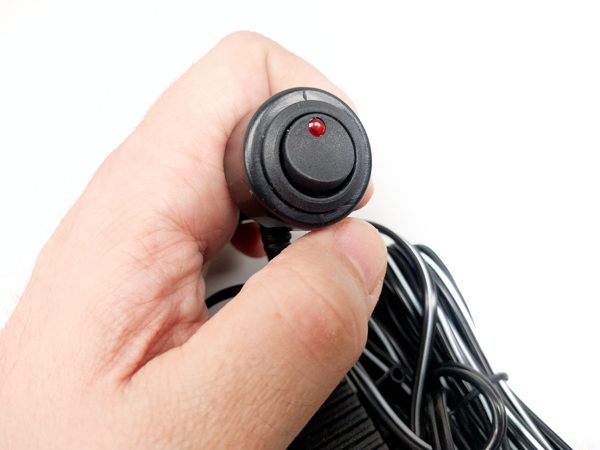
Power is supplied via your car’s cigarette lighter or 12V DC power port. The weBoost’s power connector has a convenient on/off switch indicating with a red light if the unit is powered on.
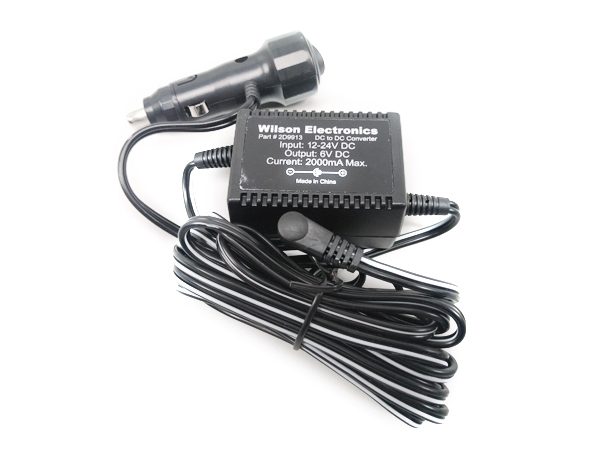
The exterior 4″ magnet-mount antenna is very sturdy and stays securely in place once mounted properly in the center of your car’s rooftop. I found in my testing that placement of the exterior antenna is vital to getting the unit to function properly.
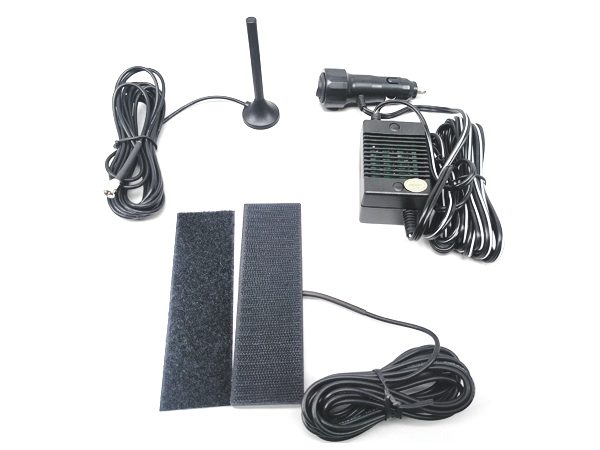
According to the instructions, the exterior antenna should be mounted near the center of the vehicle’s roof, at least 12 inches from any other antennas, free of obstructions, at least six inches from any windows (including sunroofs) and at least eight inches from any people.
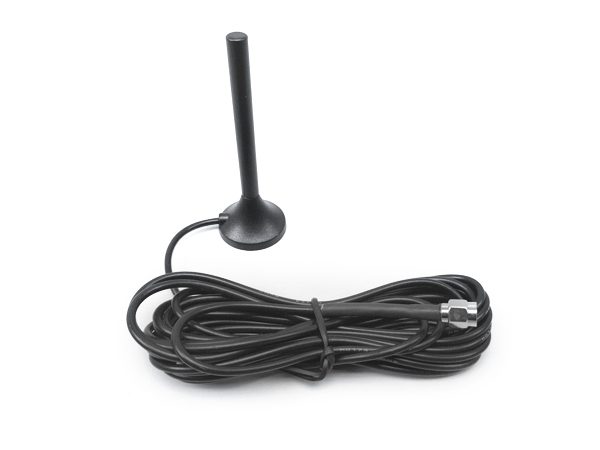
Both antennas come with 12.5 feet of cable for discreetly wiring the mounts.
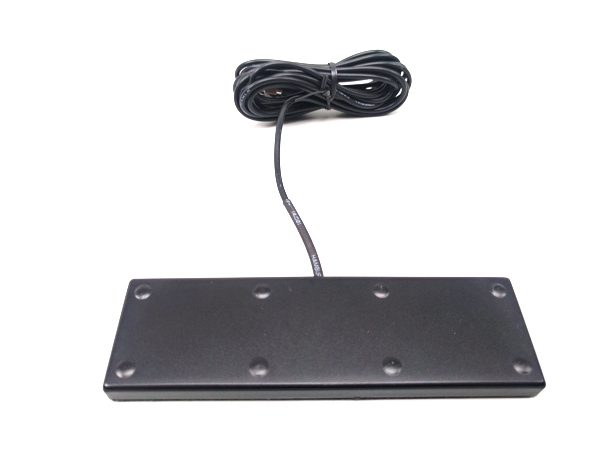
Finding proper placement for the interior antenna took a bit of work. I finally settled on a spot on the side of the dashboard and just to the right of where my cellphone holder is mounted. The antenna mounts via double-sided tape attached to a velcro strip. The suggested positioning for the interior antenna is “at least 18 inches but no more than 36 inches from where the cellular device will be used”. The interior antenna should also be mounted at the same angle as the cell phone when held in use to “maximize signal strength.”
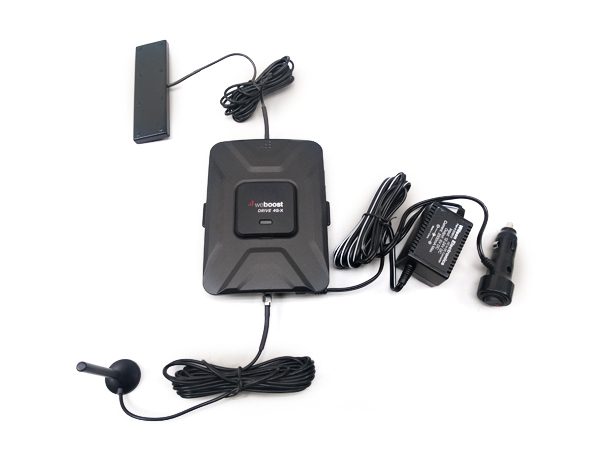
The Drive is small enough to be mounted under your dash or a seat. The 12.5 feet of antenna cables are more than enough to install both antennas without unsightly dangling wires. I would prefer the option to hardwire the unit to my car’s battery, but that can be remedied easily with some third-party products and a little ingenuity.
The weBoost Drive works by receiving a cellphone signal, amplifying it, and then serving as a relay between your phone and the nearest cell tower. I tested the Drive 4G-X with my Nexus 5X on Google’s Project Fi 4G LTE network.
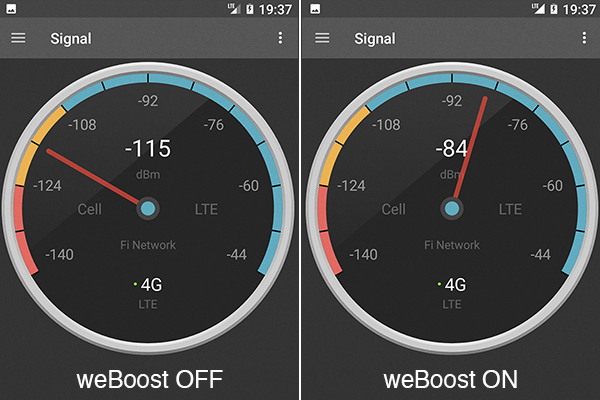
In my testing, the Drive provided an impressive average boost of 20-30dBm to existing signals. It is important to note though that in areas where there is no signal at all, the Drive will not be any help. The unit can boost existing signals, but cannot create signals where none exist.
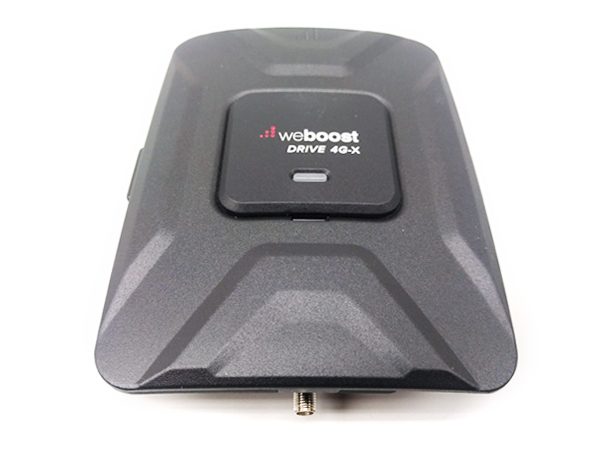
The weBoost Drive 4G-X performed exceptionally well in my tests and if low cellphone signals are plaguing your commute or you drive across large distances, it’s a very good investment.
Specifications
- Frequencies:
Band 12/17 700 MHz
Band 13 700 MHz
Band 5 850 MHz
Band 4 1700/2100 MHz
Band 2 1900 MHz - Max Gain: 50 dB
- Power: 6V DC vehicle power supply
- Antenna Connectors: SMA-Female
- Dimensions: 4.375 x 6.375 x 1.375 in
- Weight: 1.16 lbs
Source: The sample for this review was provided by RepeaterStore. Please visit their website for more info.
Filed in categories: Reviews
Tagged: Cellphone
weBoost Drive 4G-X mobile cellphone signal booste review originally appeared on on June 9, 2017 at 8:00 am.
Note: If you are subscribed to this feed through FeedBurner, please switch to our native feed URL http://the-gadgeteer.com/feed/ in order to ensure continuous delivery.



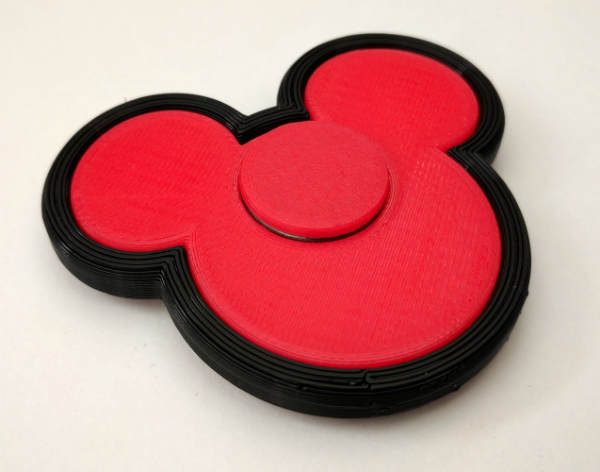

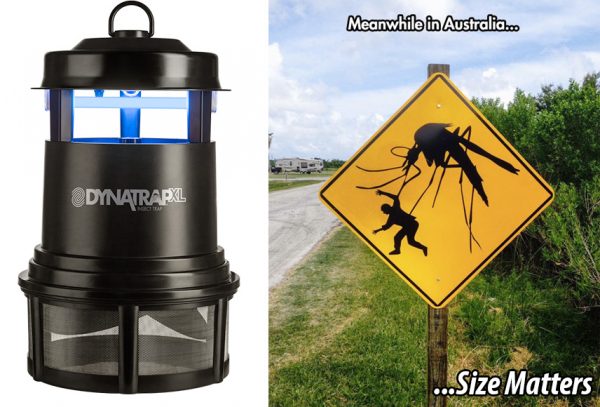
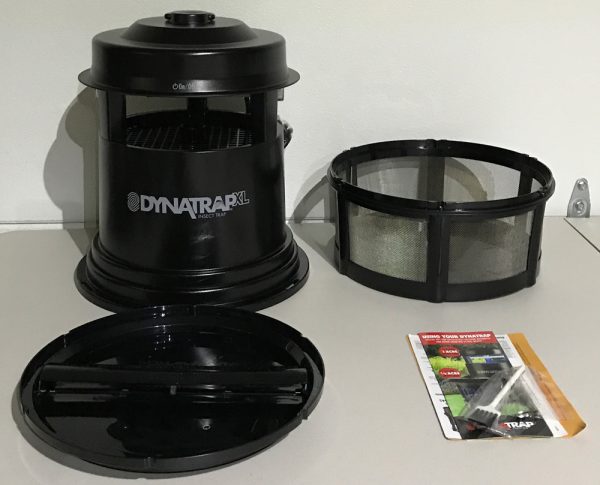
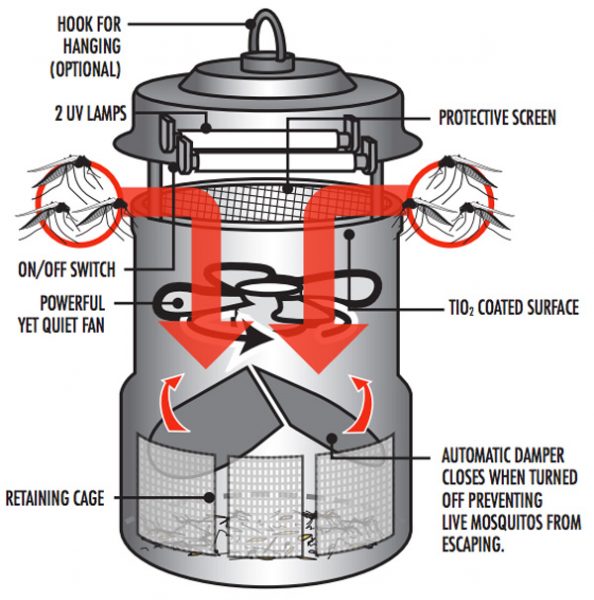
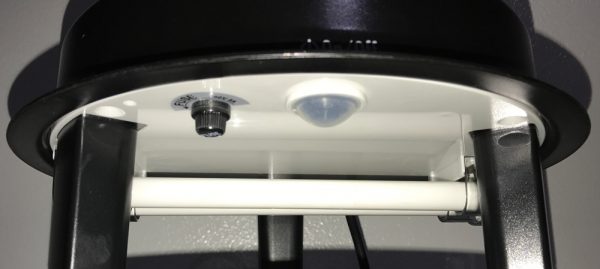
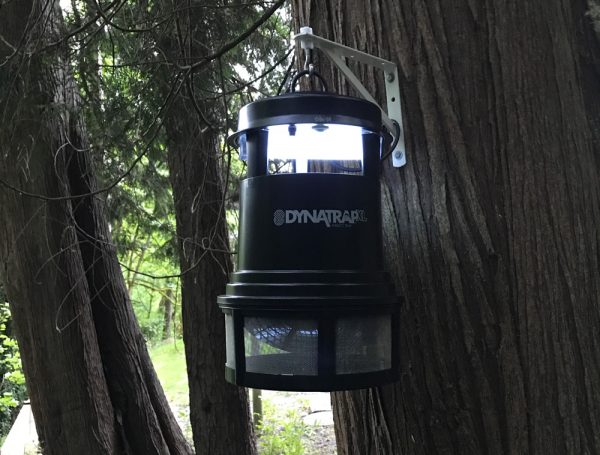

 .
.